13 Times Test Audiences Almost Ruined Your Fave Films and TV Shows
Updated April 16 2020, 5:10 p.m. ET
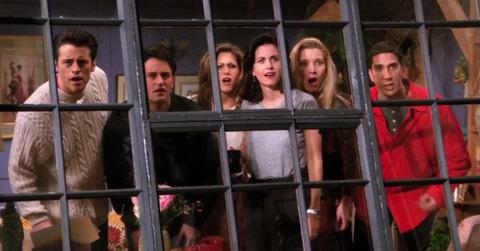
Before a movie or show hits theaters or networks, they're screened to a test audience or focus group first. After all, if a studio invested millions into a movie, they want to make sure the movie is good before they release it to the general public. Some test audiences have even saved some movies from imminent failure by suggesting better endings and reasonable edits.
But not all test screenings have good outcomes, especially for movies or shows that are edgy, offbeat, or a little quirky. Test audiences prefer the status quo, and so when something like Seven or even Seinfeld comes across their plate, test audiences don't know what to do but try to ruin things by cutting out important scenes and choosing crappier endings. Here are a few cases of when test audiences totally got it wrong. (Warning: This post contains spoilers!)
1. 'Dirty Dancing'

No one was more surprised about the success of Dirty Dancing than the cast itself. The movie scored so badly with test audiences, the studio was thinking of releasing it straight to video. Test audiences found the sexually suggestive dancing "uncomfortable" and didn't like the abortion subplot either. Writer Eleanor Bergstein refused to edit the film and the movie was released anyway. Although the studio was certain the movie would be a flop, the film was a runaway success.
2. 'The Little Mermaid'
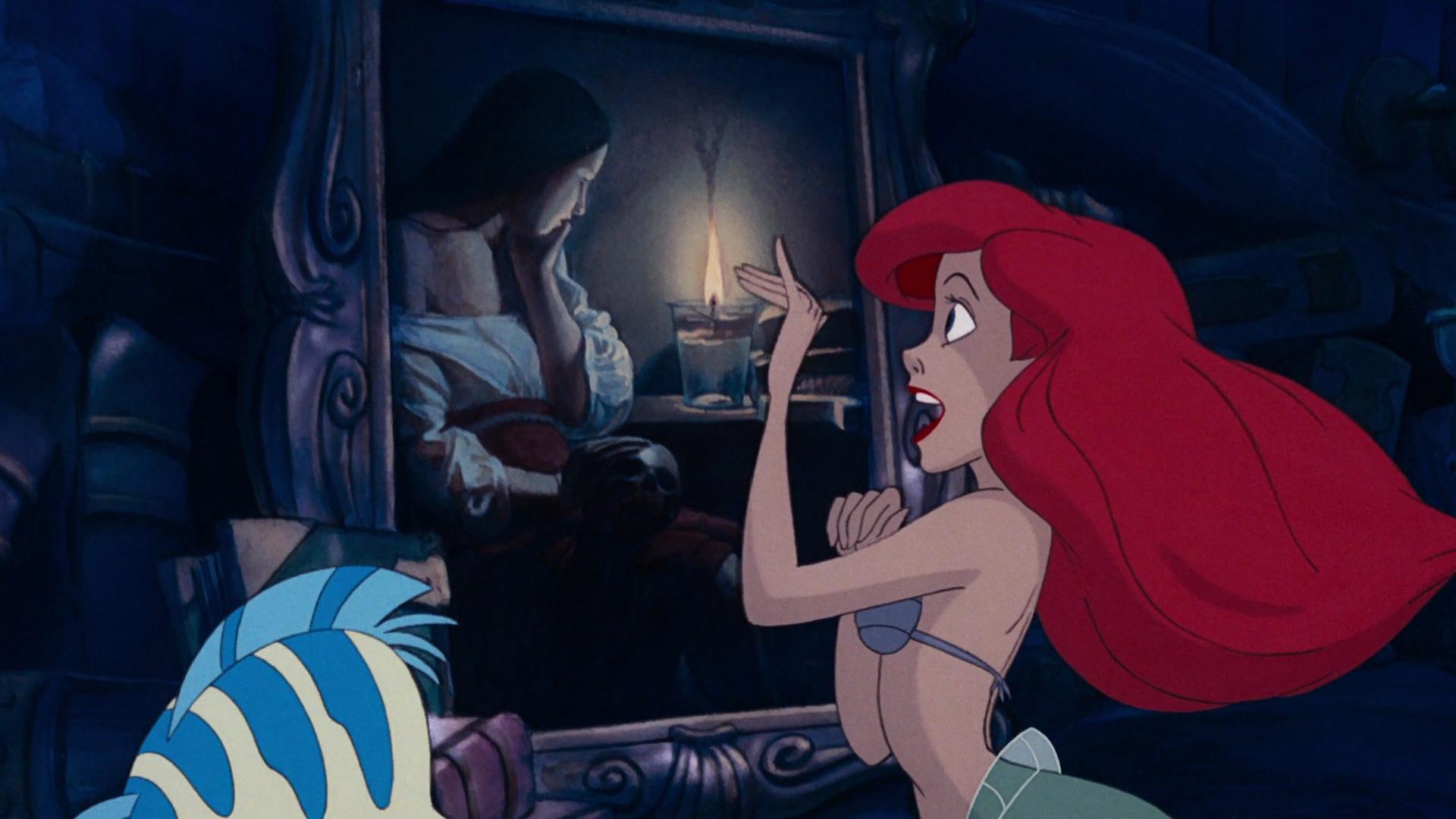
If test audiences got their way, "Part of Your World" would've been cut from The Little Mermaid. During a screening, producer Jeffery Katzenberg thought young children looked bored and fidgety during the song, but director Glen Keane convinced him to leave the song in. In later screenings with older audiences, the song was a hit, and so it was left in. Crazy to think some bored little kids almost ruined The Little Mermaid!
3. 'Pocahontas'
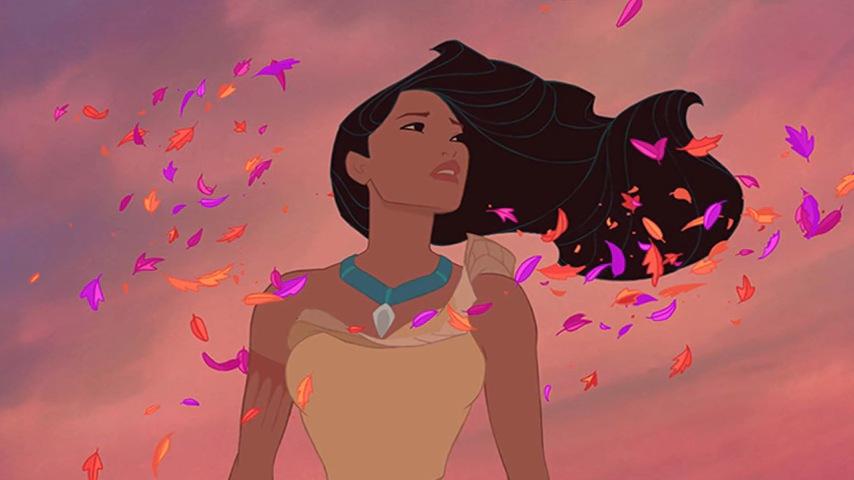
And since we're on the subject of Disney films, let's discuss Pocahontas, which suffered a similar fate. Test audiences were bored by "If I Ever Knew You," and so the whole scene was cut from the film. Although the film was still successful, it never quite reached the level of success movies like Beauty and the Beast and Aladdin had. Many think if that pivotal scene hadn't been cut from the film that it might've been better received.
4. I Am Legend
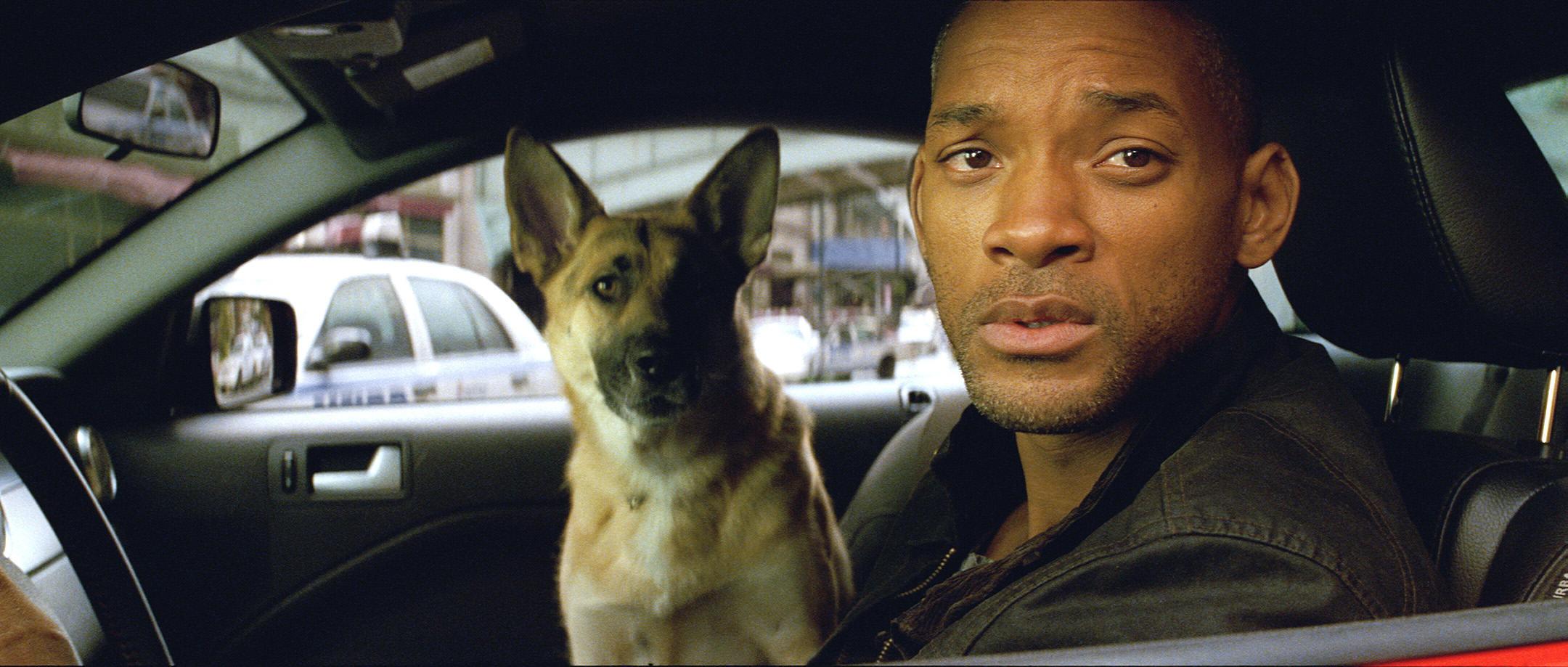
The hit Will Smith flick originally had a completely different ending. In it, Will's character discovers the weird beings he had been hunting were actually sentient all along, creating a thought-provoking and atypical ending that was more loyal to the novella it was based on. But test audiences hated that ending and wanting something "happier." So director Francis Lawrence wrote a different ending, which is the version that made the final cut, but he still thinks the original ending is better, and many fans believe so too.
"I mean, it's the more philosophical version of the end, but in terms of story math we're doing everything you're not supposed to do, right?" he told ScreenRant. "The hero doesn't find the cure, right? They drive off into the unknown and the creatures you've been saying are the bad ones the whole time you learn actually have humanity and aren't the bad ones — the hero's the bad one. And so you've basically turned everything on its head. We tested it twice and it got wildly rejected, wildly rejected, which is why we came out with the other one."
5. 'Pretty in Pink'

The ending of Pretty in Pink was entirely the result of test audiences who hated the original ending. In the original cut of the film, Andie (Molly Ringwald) ends up with Duckie (Jon Cryer) as the two dance to David Bowie's "Heroes." But test audiences hated that ending and wanted Andie to end up with her crush Blane instead. John Hughes was crushed when he had to go back, rewrite the ending, and pretty much ruin his own film, especially because today, many people now agree that Andie should've ended up with her childhood friend, not her hunky crush.
"The girls in the test screening didn’t go for that," director Howard Deutch said. "They didn’t care about the politics; they wanted her to get the cute boy. And that was it. So we had to reshoot the ending."
6. 'Se7en'
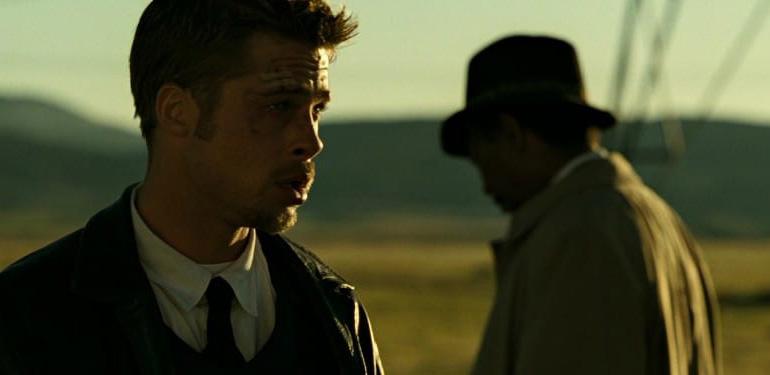
David Fincher's 1995 thriller did not have an easy time at test screenings, especially with its controversial head-in-the-box ending. Test audiences wanted the ending changed so that it was less bleak, but Morgan Freeman, Brad Pitt, and David were adamant on keeping the original ending despite what test audiences wanted.
“Se7en was a hard movie to test-screen because it’s kind of designed so that the audience walks into the same buzz-saw that Somerset [Morgan] and Mills [Brad] walk into,” writer Andrew Kevin Walker said. “There were no credits and no music, no period for anyone to catch their breath. So if you were an audience member at one of the test screenings, basically there’s the last scene with the head in the box, and all that agony and violence, and then suddenly the lights come up, and someone hands you a scorecard and pencil and says, 'How’d you enjoy that?! What do ya think?!'"
Several alternate endings were discussed and storyboarded, but after much arguing from the studio and the cast, they finally agreed on an ending that had Morgan quoting Ernest Hemingway as the film faded to black. However, in the DVD commentary, the cast said they hated the voice-over quote, with Brad calling it "irrelevant" and Morgan calling it a "cop-out." In the end, the movie went on to be quite successful despite test audiences' plans to completely ruin the iconic finale.
7. 'Dodgeball'
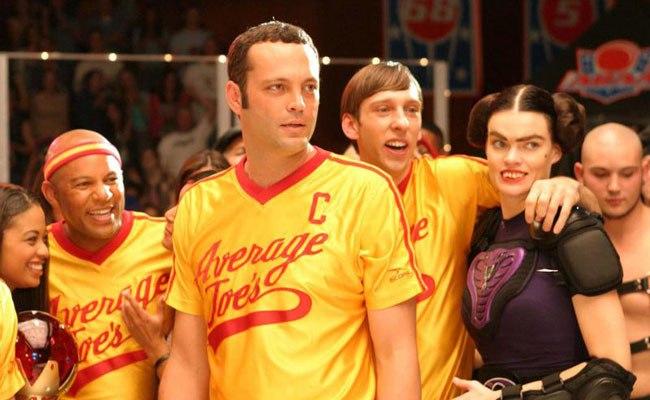
Test audiences hated the original ending of the film, which showed the Average Joes losing to the "evil" opponent team. Viewers wanted a happier ending, and so the studio obliged. Although, to be honest, the original abrupt ending would've been a lot funnier if they kept it.
8. 'Goodfellas'
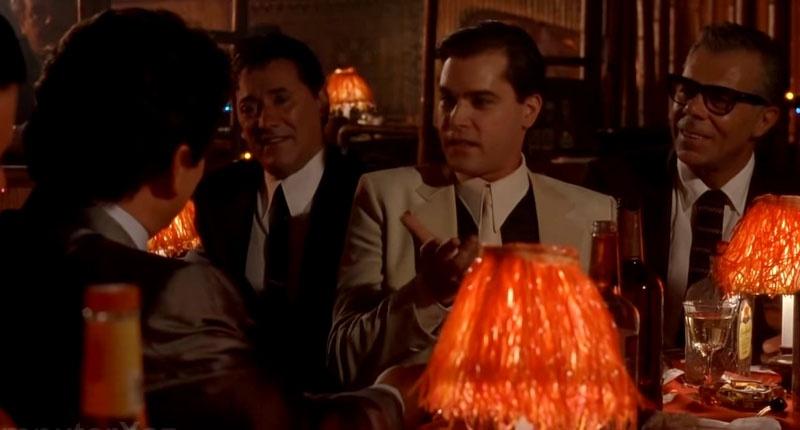
Director Martin Scorsese is so good at what he does, he normally doesn't have to test screen any of his films. However, when he made 1990's Goodfellas, the studio invested so much money in the film, they wanted to test it first to make sure they had a hit. What happened next was a test screening that Martin would later call "disastrous." The unsuspecting audience of random people were not expecting the nonstop violence of Martin's film. Over 100 people walked out of the test screening, which worried the studio. Martin went back and added numerous jump-cuts to speed up the more graphic scenes. In the end, despite being Warner Brothers' most poorly tested film, it thankfully went on to be successful anyway.
9. 'Friends'
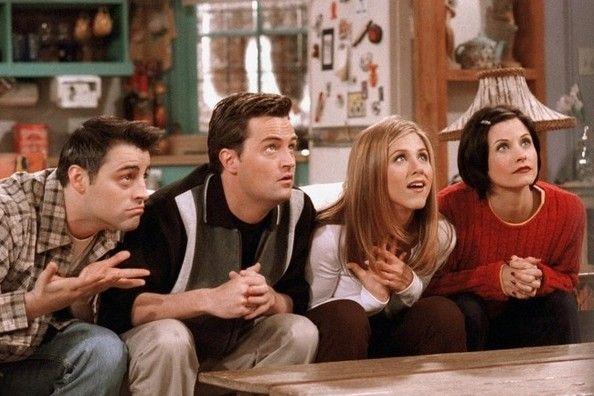
OK, let's switch to TV. It might be hard to believe, but test audiences hated Friends and even gave it a poor rating, which you can read in full here. Viewers thought the characters were "smug, superficial, and self-absorbed" and thought the show was too sexually-suggestive. Their suggestions were to add more older characters, tone down the sexual storylines, and make the coffee shop look less "funky."
NBC had no intentions of making these changes since they didn't want to invest any more money, however, since they had nothing else to put in their fall schedule, they green-lit the show anyway. Who knows what kind of show Friends would be if the test audience got their way.
10. 'The Powerpuff Girls'
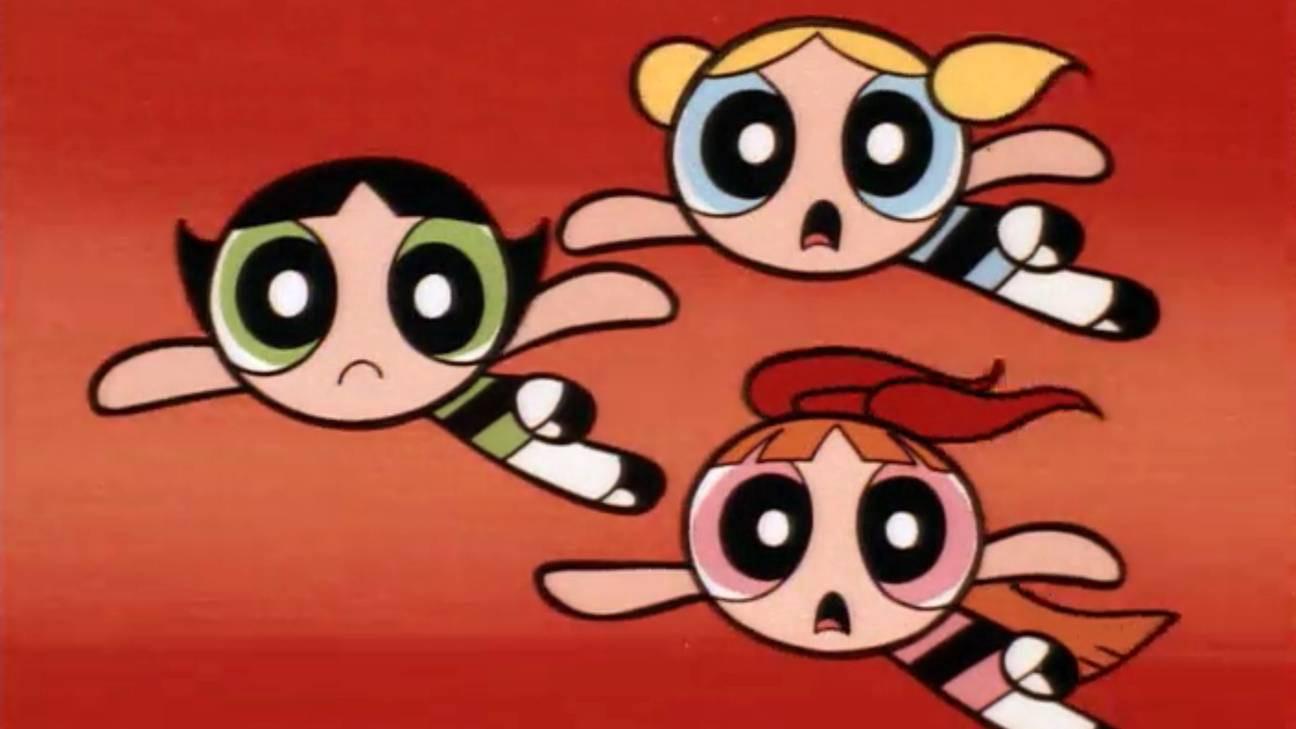
It might be a cartoon classic today, but young viewers at a test screening hated The Powerpuff Girls. Not only did they find it weird and unfunny, they hated that the characters didn't have fingers and even demanded for the creator to be "fired." Creator Craig McCracken thought the show was doomed, but Cartoon Network decided to gamble on the show anyway. Whew.
11. 'South Park'
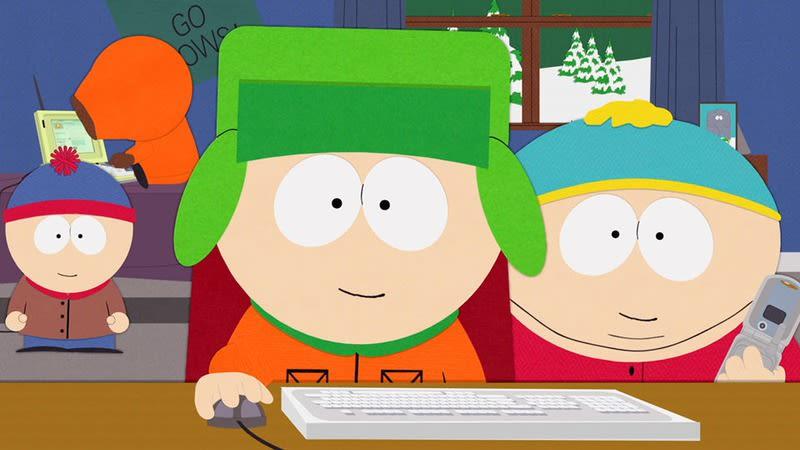
When South Park was first screened for test audiences, it scored terribly. "Oh, it did really bad with women," co-creator Matt Stone said back in 2006. "[But] there was this incredible buzz that you couldn't deny if you were a television programmer. For that reason, Trey [Parker] and I have not tested anything we've ever done since. We don't test any of our television shows, and we don't test our movies."
Co-creator Trey Parker agreed: "If it had been based purely on focus groups and that kind of thing, [South Park] would have never been on the air."
12. 'Seinfeld'
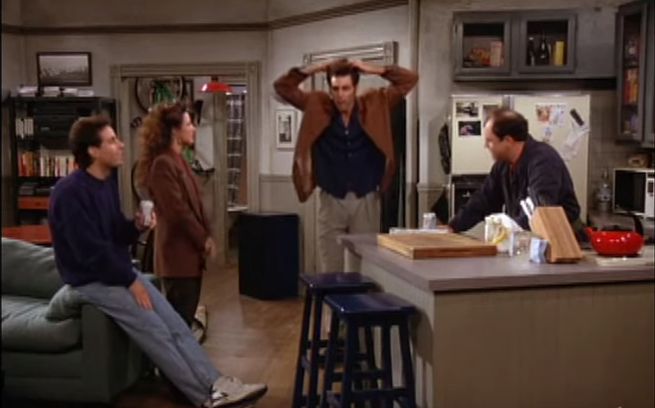
And yep, the most critically-acclaimed sitcom of the '90s was also hated by test audiences, which almost ended the show. The published report had such brutal remarks as, "No segment of the audience was eager to watch the show again," and, "Viewers felt that Jerry needed a better backup ensemble." Executives ignored the test viewers' response, which was unheard of at the time, and ran the show anyway.
When Jerry Seinfeld and co-creator Larry David found the report years later, they hung it up above a toilet. "We thought if someone goes in to use this bathroom, this is something they should see," Jerry told TV Guide. "It fits that moment."